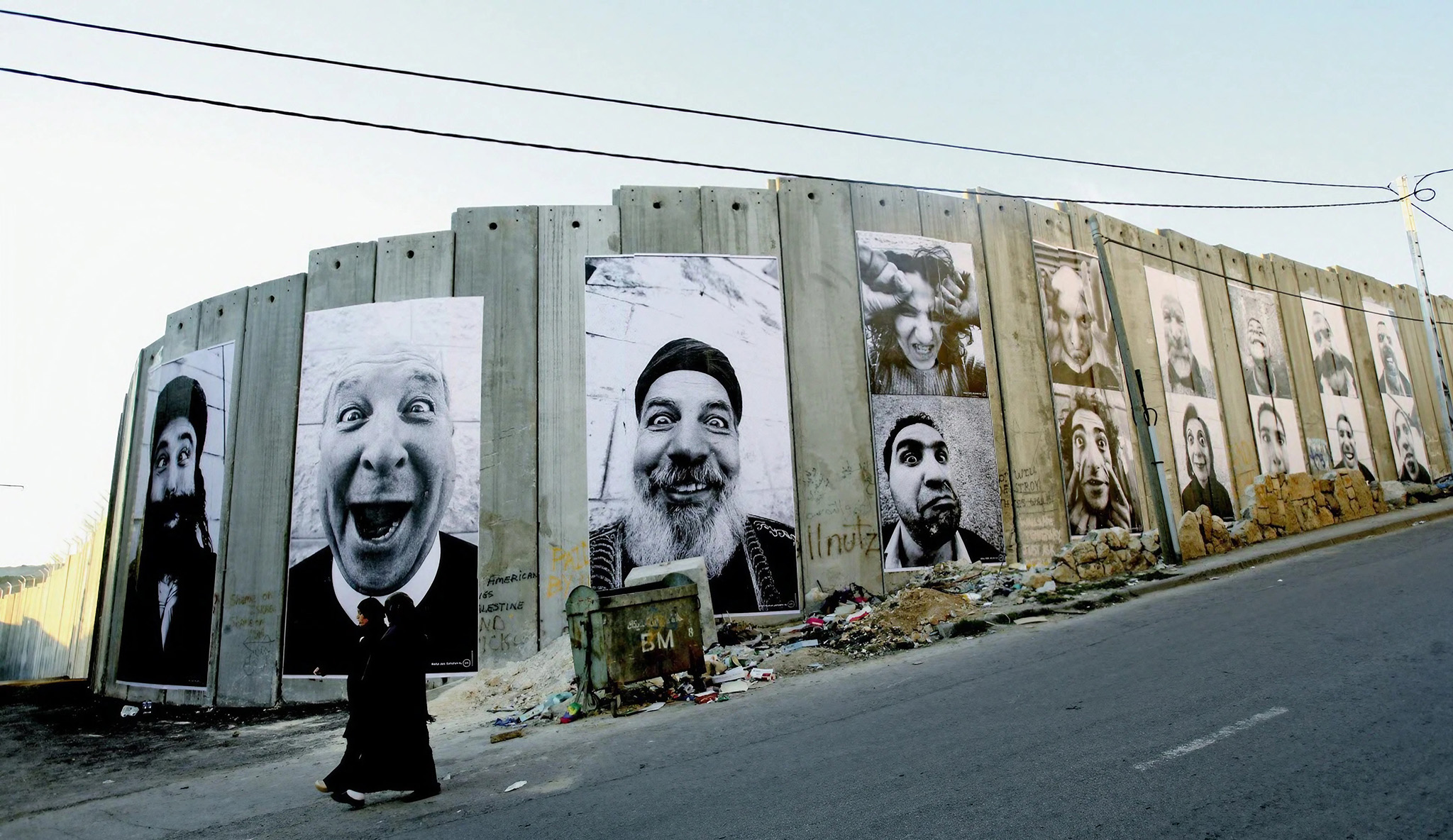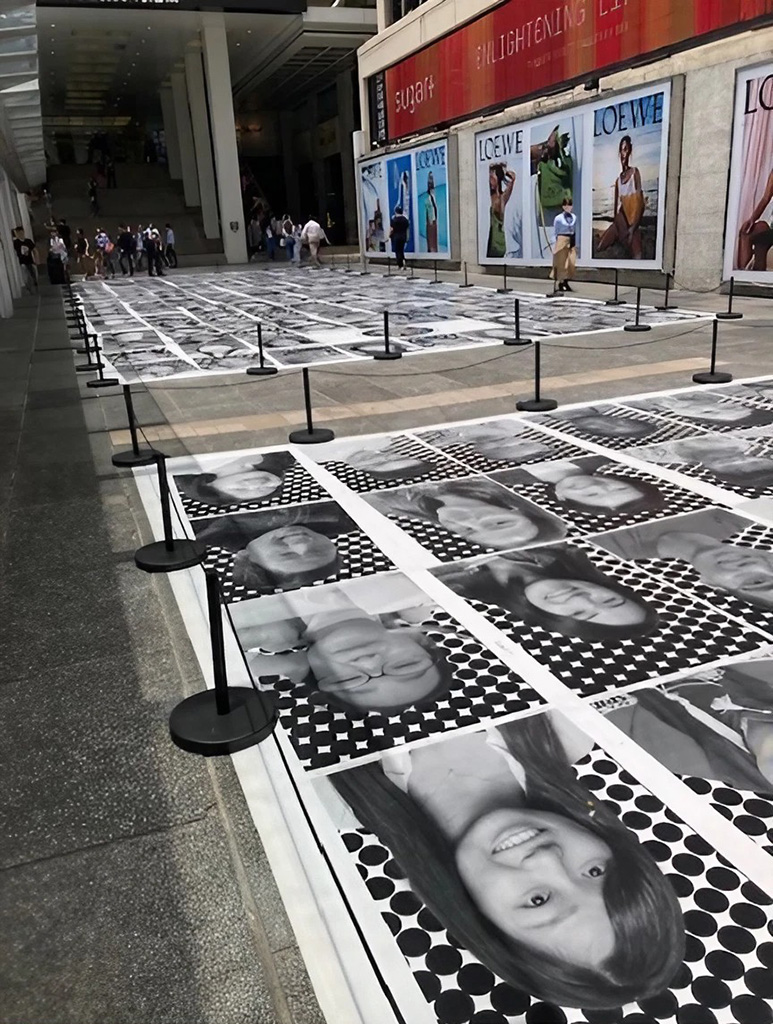When Curation Fails
Curation is an essential part of cultural mediation. When the curation is unable to communicate properly, such mediation fails. This sounds simple, but if you look deeper into it, this ‘communication’ is extremely complex. What does this ’properly’ mean? How can you ‘properly’ present an exhibition? If I may explain it in an overly simplified way, it involves a process of understanding the nature, objectives and the distinctive characteristics of the artwork, applying an appropriate format of presenting, and then based on the objectives of the creator(s), communicating the meaning of the artwork to the audiences with a language understandable to them, subsequently generating a sense of ‘meaningfulness’ within the specific social, political and cultural context of your community, Hong Kong or other places. All these concepts sound too complicated and abstract, let’s use a real exhibition as a case study to illustrate my points.
Recently an art piece was installed near the entrance as well as inside of Harbour City at Tsim Sha Tsui. The installation was part of an international community arts initiative called < Inside Out >, which was started by the French artist JR in 2011. Over the years, more than 2400 projects were organized internationally. The objective of the project is to encourage local communities to take pictures of their members for some locally meaningful purposes. Instead covering the entire community, the project might focus on a minority community, quite often the marginal and underprivileged ones, to voice out some of the commonly ignored or misunderstood issues. Once the project is endorsed by the head office in Paris, they would help to enlarge, print the photos and send them back to the local organizer for installation at location(s) they find appropriate.
The essential spirit of community arts is its active engagement with the community and its ability to draw public attention to issues related to the targeted community. When SoCO organized a photo exhibition revealing the awful living condition of the poor in Sham Shui Po, for example, not only did it make visible the inhuman living condition of the poor, but also created pressure on the government to deal with the situation.
One <Inside Out> project I really like is one called <Face 2 Face> held in 2011 at Israel and Palestine. Residents on both sides were asked to make faces expressing their feelings in front of the camera. When these photos were enlarged, printed out and displayed, one saw a huge collection of photos of individuals expressing all kinds of emotions everywhere. When the photos were mixed, there was no racial or geographic identification of the individuals. The long history of mutual hatred, racial and political confrontations vanished. They were all human.

The recent <Inside Out> Project at Harbour City, however, didn’t receive much attention, which was unusual for this globally known project. The public’s indifference revealed a fundamental failure in curation. Community arts is about community, it engages the community and touches on issues that concern its members. The indifference was the result, among the several, of two fatal mistakes. First of all, there is a problem with the installation. The huge number of photos displayed were guarded by fences. Like most important artworks in museums, the audiences were prohibited from stepping into the exhibition to view the large number of photos, fearing the visitors would damage the exhibits. Adapting the museum practice of separating the public from getting too close of course could keep the work safe. But when a community arts piece refuses a close encounter between the work and its audiences, it loses all its meaning in communicating and engaging the public.

The essence of community arts is its engagement with the community. Yes, the photos might get damaged, but they can be reproduced, unlike photos of the professional photographers which are set with limited edition. More importantly, the works were not for the grand display of certain creative individuals. It is a dialogue.
Another problem with the project was that the feeling it tried to reflect was not commonly shared by the public. The project intended to show how happy the community was when mask wearing was no longer legally necessary. It tried to show how happy Hong Kong people were after the rule was lifted. However, not only the photos didn’t show or generate such joy because many are still wearing the masks on the streets and at public transportation. The fear of the pandemic still haunts us. In addition, there were also problems with the exhibition’s introduction text and the ways the photos were taken, but it would take too much space to write them all down.
Curating is not just about putting artworks onto the walls and organizing an opening. It is a complicated undertaking that requires one to think clearly and comprehensively, especially when the artworks are of a specific nature, dealing with a different objective and audience. If you fail to understand these aspects, one small area of failure might ruin the entire exhibition.
Oscar
Oscar Ho is Adjunct Associate Professor of Cultural Studies, CUHK. He was formerly the Director of the MA in Cultural Management Programme (2006 – 2020). Visit https://www2.crs.cuhk.edu.hk/faculty-staff/adjunct-professors/ho-hing-kay-oscar
